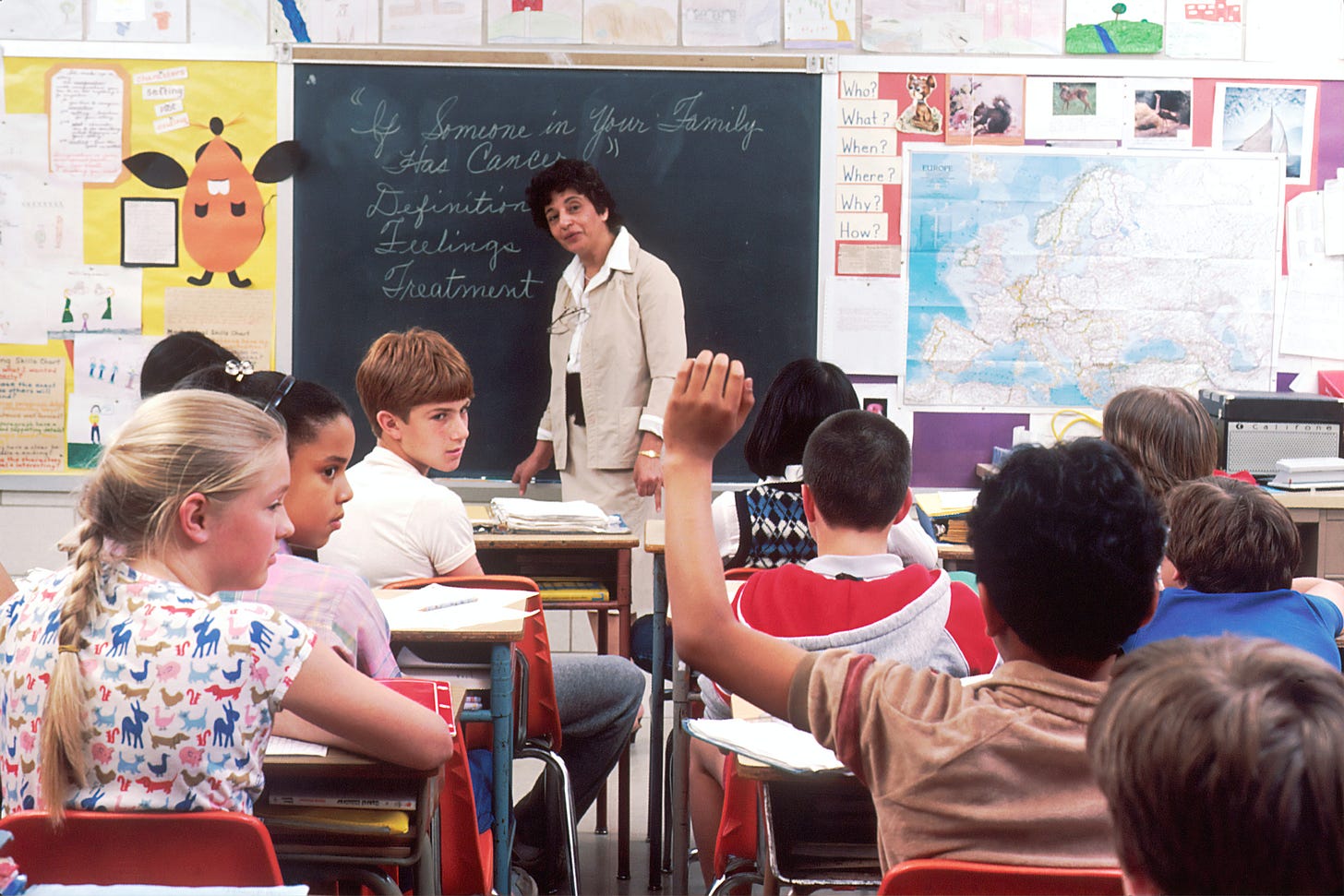As a parent, setting boundaries and consequences is an essential part of raising responsible children. It can be difficult to know where to start, but the benefits of doing so are immense. Children who learn to respect boundaries and understand the consequences of their actions are more likely to develop self-discipline, empathy, and a strong sense of accountability. They are also more likely to make better decisions and avoid negative consequences in the future. In this guide, we will discuss the importance of setting boundaries and consequences in parenting, provide practical tips on how to establish and enforce them, and offer insights into how to effectively communicate with your child about these expectations. Whether you are a new parent or have been at it for a while, this guide will help you navigate the challenges of raising responsible children with confidence and ease.
1. The importance of setting boundaries and consequences in parenting:
Setting boundaries and consequences is an essential aspect of effective parenting. It lays the groundwork for raising responsible, well-behaved children who understand the difference between right and wrong. Without clear boundaries, children may struggle to navigate the world and develop self-discipline.
Boundaries provide structure and guidance, helping children understand what is acceptable behavior and what is not. By setting clear limits, parents create a safe and secure environment for their children to grow and learn. Boundaries can encompass various aspects of a child's life, including behavior, chores, screen time, and personal responsibilities.
Consequences, on the other hand, teach children about accountability and the consequences of their actions. When children overstep the boundaries set by their parents, it is crucial to establish consequences that match the offense. Consequences should be logical, consistent, and age-appropriate, aiming to teach valuable lessons rather than simply punishing.
By enforcing boundaries and consequences, parents provide their children with valuable life skills. They learn responsibility, self-control, and the importance of making thoughtful decisions. Moreover, children develop a sense of respect for rules and authority, which will be valuable as they navigate the world beyond their home.
It is important to note that setting boundaries and consequences is not about being strict or authoritarian. Instead, it is about establishing a healthy balance between freedom and discipline. Parents should communicate clearly with their children, explaining the reasoning behind the boundaries and consequences. This approach fosters understanding and helps children internalize the values and principles behind the rules.
In conclusion, setting boundaries and consequences is a fundamental aspect of parenting. It provides children with a solid foundation for responsible behavior and equips them with essential life skills. By establishing clear limits and enforcing appropriate consequences, parents create a nurturing environment in which their children can thrive and grow into responsible individuals.
2. Understanding the role of boundaries in child development:
Setting boundaries is an essential aspect of parenting that plays a crucial role in the development of responsible children. Boundaries provide children with a sense of structure, security, and guidance, helping them navigate the world around them.
When children are provided with clear boundaries, they learn the difference between right and wrong, acceptable and unacceptable behavior. Boundaries help establish a framework within which children can grow, explore, and learn without feeling overwhelmed or uncertain.
Boundaries also teach children about personal responsibility and accountability. By setting limits on their behavior, parents encourage children to take ownership of their actions and understand the consequences that may arise from crossing those boundaries. This understanding helps children develop important life skills such as decision-making, self-discipline, and problem-solving.
Moreover, boundaries provide children with a sense of safety and support. When children know what is expected of them, they feel secure in their environment, knowing there are certain limits in place to protect them from harm. This sense of security fosters emotional well-being and promotes healthy development.
While establishing boundaries is important, it is equally crucial to communicate these boundaries effectively to children. Clear and consistent communication ensures that children understand the expectations and consequences associated with crossing those boundaries. It is essential to involve children in discussions about boundaries, allowing them to express their thoughts and concerns. This collaborative approach helps children feel respected and valued, strengthening the parent-child relationship.
In conclusion, understanding the role of boundaries in child development is vital for raising responsible children. Boundaries provide structure, security, and guidance, helping children develop important skills and a sense of personal responsibility. By setting clear boundaries and effectively communicating them, parents create an environment that fosters growth, accountability, and emotional well-being in their children
.
3. Identifying age-appropriate boundaries for children:
Setting age-appropriate boundaries for children is essential in fostering their development and teaching them responsibility. As children grow and mature, their understanding of the world expands, and it is important to adapt the boundaries accordingly.
For young children, such as toddlers and preschoolers, the boundaries should focus on safety and basic social skills. These could include rules like holding hands while crossing the street, not talking to strangers, and sharing toys with others. By setting these boundaries, parents create a safe and secure environment for their children to explore and learn.
As children enter elementary school, boundaries can expand to include responsibilities and accountability. This can involve setting limits on screen time, establishing homework routines, and teaching them the importance of honesty and respect. By gradually introducing these boundaries, parents empower their children to take ownership of their actions and make responsible decisions.
During the teenage years, boundaries become more complex. Teenagers are navigating their increasing independence while still needing guidance and structure. Boundaries at this stage can involve curfews, guidelines for social media usage, and discussions about appropriate behavior and relationships. It is crucial for parents to engage in open and honest conversations with their teenagers, ensuring that boundaries are understood and respected.
When setting boundaries, it is equally important to establish clear consequences for when those boundaries are crossed. Consistency is key in enforcing consequences, as it helps children understand the cause-and-effect relationship between their actions and the outcomes. Consequences can range from loss of privileges, such as screen time or outings with friends, to more significant repercussions based on the severity of the situation.
By identifying age-appropriate boundaries for children and enforcing them with consistent consequences, parents provide structure, guidance, and a sense of security. This helps children develop a strong foundation of responsibility and prepares them for the challenges and decision-making they will face as they grow into adulthood.
4. Communicating and establishing clear boundaries with your child:
Effective communication and establishing clear boundaries with your child is essential for their development and growth. As parents, it is our responsibility to guide our children and teach them about boundaries and consequences.
The first step in this process is to have open and honest conversations with your child. Explain to them why boundaries are important and how they can help create a safe and structured environment. Make sure to use age-appropriate language and examples that they can easily understand.
It's crucial to set clear and consistent rules for your child. Clearly define what is acceptable and what is not, and explain the consequences that will follow if those boundaries are crossed. Consistency is key here, as children thrive in environments where rules are predictable and enforced consistently.
When communicating boundaries, be firm but also compassionate. Use positive language and focus on the desired behavior rather than just emphasizing what they should not do. For example, instead of saying "Don't touch that," try saying "Please keep your hands to yourself."
Encourage your child to express their thoughts and feelings about the boundaries you establish. This allows them to have a sense of ownership and understanding of the rules. Listen to their perspectives and address any concerns they may have, while still maintaining the boundaries that are necessary for their well-being and development.
Remember, setting boundaries is not about controlling or restricting your child. It is about teaching them responsibility, respect, and self-discipline. By establishing clear boundaries and effectively communicating them, you are laying the foundation for your child to become a responsible and accountable individual.
To be continued…



